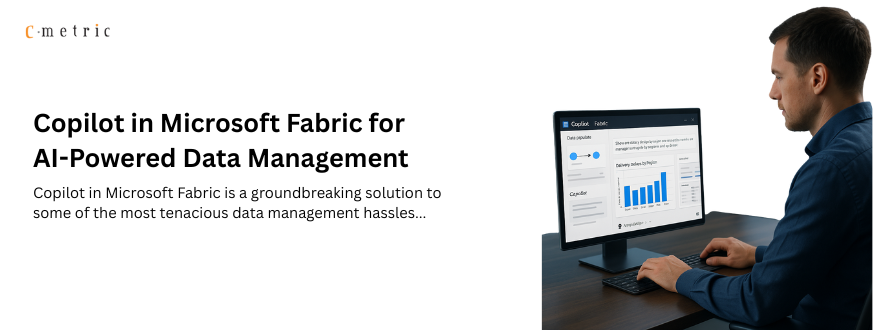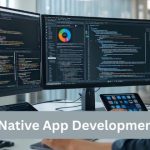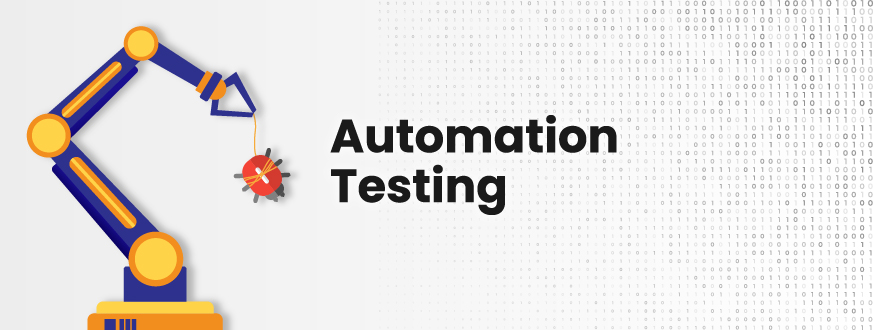Kotlin and Flutter present two fundamentally different answers to the same business question: how to deliver high-quality experiences across iOS and Android with the least friction, cost, and long‑term risk?
While Flutter has been an all-time favorite for UI-first greenfield apps, Kotlin is paving its path in enterprises, and teams prioritize native UX, incremental migration, and reuse of existing Kotlin investment.
Below is a detailed analysis from the perspective of development to help c-suite understand which mobile app development framework is going to rule in 2026.
TL;DR
- Kotlin holds about 79% market presence on Google Play (likely reflecting Android usage), and Flutter sits at the second spot with around 22% market share.
- Kotlin’s adoption has jumped from 12% to 23% in the past 18 months.
- 2026 outlook: No single technology will “rule.” Flutter will remain the default choice for greenfield UI‑centric projects; Kotlin will expand in enterprises and native‑first organizations.
Kotlin vs. Flutter: An Overview
Kotlin is an open-source technology platform, introduced in 2017, allowing developers to develop Android, iOS, desktop, and web applications while reusing the Kotlin codebase.
It follows two development approaches: KMP + Native UI & KMP + Compose Multiple Platforms.
On the other hand, Flutter is an open-source UI toolkit developed by Google. It’s mainly used for the development of native applications using a shared code.
It uses a single language, Dart, supports cross-platform development, enables faster development using hot reload, and offers an extensive plugin ecosystem.
In short, Flutter for cross-platform development feels like designing one universal shirt pattern that fits everyone the same way, whereas Kotlin is like tailoring shirts for different people using the same fabric and design rules.
Kotlin vs. Flutter Comparison
Choosing or deciding which cross-platform will rule in 2026 requires careful understanding of multiple aspects. Hence, we decided to do a head-to-head comparison of these two on key aspects such as performance, developer experience,
Developer Experience
The success of any platform hinges on the quality of the developer experience. It’s what makes developers understand how they can ship and debug an application while having an enjoyable day-to-day development feel.
Let’s assess how Flutter and Koline perform across the key DX dimensions and forecast who will lead in 2026.
With Flutter, developers get:
- A unified, fast, and UI-centric developer experience. They can write both UI and logic in Dart, resulting in reduced context switching.
- Hot reload facility, meaning receiving near-instant UI updates, resulting in faster debugging and prototyping.
- A unified widget system for layout, interaction, animation, and everything else. This simplifies metal models and speeds up the onboarding process.
- Cross-platform consistency, as they can use the same codebase for Android, iOS, desktop, and web applications.
Along with all these good things, developers also get to deal with challenges such as a steep learning curve for Dart, writing bridge codes for deep native integrations, and tough native issue debugging due to abstraction layers.
Kotlin for cross-platform development offers a native, modular, and scalable DX. Developers can:
- Write core logic once and reuse it for cross-platform development.
- Gain full control over platform-specific UI
- Do a clean separation of concerns like shared logic, platform-specific UI, and adapters.
- Access growing multiplatform libraries such as Ktor, SQLDelight, and Compose Multiplatform.
Despite these strengths, development with Kotlin can be tricky due to separate UI codebases, interop complexity, and Kotlin-to-Swift interop quirks.
| Feature | Flutter | Kotlin |
| Language | Dart | Kotlin (shared) + Swift/Java/Kotlin (UI) |
| UI Development | Single codebase | Separate native UIs |
| Hot reload | Yes | No |
| IDE Support | VS Code, Android Studio | IntelliJ IDEA, Android Studio |
Verdict: In 2026, Flutter is likely to rule the cross-platform market because of its UI-first approach. With features like hot reload and single-codebase simplicity, cross-platform development becomes a piece of cake for developers.
However, Kotlin will gain popularity amongst the developers engaged in enterprise-grade cross-platform applications demanding shared logic.
Ecosystem, Libraries, and Vendor Backing
When we talk about the leader of the future in terms of the cross-platform market, it’s crucial to assess the ecosystem, libraries, and vendor backing of Kotlin and Flutter.
Flutter has matured into a UI-centric ecosystem. It boasts over 30,000 packages on pub.dev, covering everything from Firebase, cameras, maps, and payments to Bluetooth and AR.
With rich libraries such as GetWidget, FlutterFlow, and FI_chart, Flutter supports faster UI development.
Backed by Google and a vibrant open-source community, Flutter hosts global events and hackathons and has a strong consultant ecosystem. However, some of its plugins lag behind native SDK updates, and Flutter’s channels are also needed.
Kotlin may not seem to have a wider ecosystem like Flutter at first sight. But it’s picking up pace as JetBrains leads KMP development, and Google officially endorsed KMP for sharing business logic across Android and iOS at I/O 2024.
Developers now have expanded support for networking, serialization, and SQLDelight. Kotlin is now stable for the development of iOS, desktop, Android, and web apps, enabling shared UI where needed.
IntelliJ IDEA and Android Studio offer first-class support for KMP, with a dedicated KMP IDE in development. The only thing that might irk developers is the fewer ready-made UI components in Kotlin.
| Platform | Flutter | Kotlin |
| Vendor Backing | JetBrains + Google | |
| Strategic Focus | Unified UI across the all platforms | Shared business logic and native UI |
| 2026 Outlook | Continued investment in Flutter 4.0 | Kotlin-to-Swift export, Compose Multiplatform stabilization, and full-stack Kotlin vision |
Verdict: The cross-platform market in 2026 will be dual-core. Flutter and KMP will “rule” in parallel. each excelling in domains aligned with their strengths.
Real-world Cost and Maintainability
When choosing a cross-platform framework, cost and maintainability are often the deciding factors for CTOs, engineering managers, and product owners. So, let’s break down the offerings of Kotlin and Flutter in this regard.
Flutter comes with some significant cost advantages for developers. For instance:
- The single codebase reduces the staffing needs for Android and iOS application development. Also, start-ups and lean product teams can build a full-fledged cross-platform app with less investment.
- Due to hot reload and a unified toolkit, Flutter allows teams to ship MVPs 30-40% faster than native development.
- Flutter offers identical UI across platforms. This translates to fewer permutations to test, lowering QA cycles and bug regression costs.
Maintaining Flutter is a mixed bag. While a single code database reduces data management hassles, the compulsion of relying on third-party plugins leads to versioning and compatibility hassles.
In addition, native integration demands extensive custom bridge code that’s a bit of a harder task to maintain across OS updates.
Speaking of Kotlin’s cost advantage, developers should know that:
- They can reduce the duplication and bug surface areas, as Kotlin supports shared business logic.
- They can save big and reduce risk when they need to migrate the app, as Kotlin supports incremental adoption without rewriting the entire app.
Maintaining Kotlin while using it for cross-platform development may require extra initial efforts because it uses separate UI codebases. Also, developers may have to deal with less mature libraries, which may demand custom wrappers or fallbacks.
| Factor | Flutter | Kotlin |
| Initial Development Cost | Lower due to a single codebase | Moderate due to shared logic and native UI |
| Time-to-market | Faster | Slower UI dev but faster logic reuse |
| QA efforts | Lower due to UI parity | Higher due to native UI testing |
| Maintenance cost | Moderate | Lower |
| Total cost of ownership | Lower for UI-first apps | Lower for user-heavy multiplatform apps |
Verdict: In 2026, teams seeking short-term speed and lower initial cost in their cross-platform project will prefer Flutter, whereas Kotlin will appeal to businesses and developers seeking long-term maintainability and reuse.
What will “Rule” Cross-platform be in 2026: Final Assessment
The cross-platform market is highly diverse, and no single technology will ‘rule’ outright. The market will bifurcate by product needs and organization types.
Flutter will continue its reign as a cost-effective and UI‑heavy cross‑platform for projects prioritizing native UX, incremental migration, and reuse of existing assets. So, if you believe in it, do not hesitate in hiring a Flutter Development company and proceeding with your plans.
Contrary to this, organizations valuing native experience and incremental consideration will value Kotlin.
So, it all boils down to what your cross-platform development goals are and according to that you can choose your preferred mobile app development services provider. All youe need to ensure that you choose skilled development partner who is specialized and have proven experience and expertise in creating cutting-edge mobile applications that seamlessly function across multiple devices and platforms.












